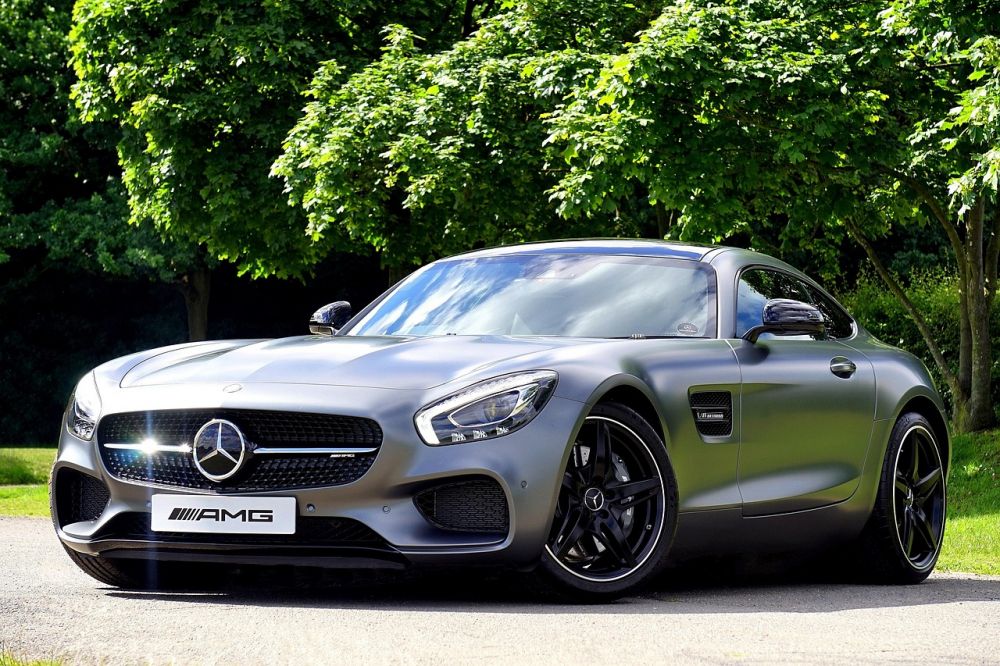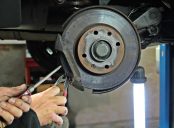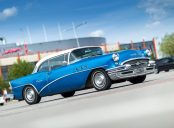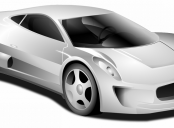Volkswagen Beetle: A Timeless Icon

Introduction
The Volkswagen Beetle, often referred to simply as the VW Beetle, is an iconic car that has captured the hearts and imaginations of car enthusiasts and casual drivers alike for decades. With its distinct design and rich history, the VW Beetle holds a special place in the automotive world. In this article, we will delve into the fascinating world of the VW Beetle, providing a comprehensive overview of its features, evolution, and impact on the automotive industry.
Historical Overview

The story of the Volkswagen Beetle begins in the 1930s, when Ferdinand Porsche was tasked with designing an affordable and reliable car for the general public. The result was the KdF-Wagen, later renamed the Volkswagen Type 1. Introduced in 1938, the Beetle quickly became a symbol of German engineering and craftsmanship.
However, it wasn’t until after World War II that the Beetle gained widespread popularity. In the post-war era, the car found a loyal following in Europe, thanks to its compact size, fuel efficiency, and affordability. The Beetle’s success eventually led to its introduction in the United States in the 1950s, where it became a symbol of counterculture and freedom.
Over the years, the VW Beetle underwent several changes and improvements. From its early air-cooled engines to the introduction of fuel injection systems, the Beetle evolved to meet the demands of modern drivers. Nevertheless, its distinctive shape and timeless appeal remained intact, making it a beloved classic.
Key Features of the VW Beetle
The VW Beetle’s design is instantly recognizable, characterized by its rounded shape, curved windshield, and friendly demeanor. Its compact size and efficient use of space make it ideal for navigating urban environments, while its rear-engine layout provides excellent traction and stability.
One of the key features of the Beetle is its air-cooled engine, which not only offers simplicity and reliability but also contributes to its distinctive sound. The available horsepower and torque options allow for an enjoyable driving experience, whether on city streets or open highways.
Safety has always been a priority for Volkswagen, and the Beetle is no exception. With a robust chassis and advanced safety features such as stability control, ABS brakes, and multiple airbags, the Beetle provides peace of mind for both driver and passengers.
The interior of the Beetle focuses on comfort and practicality. With spacious seating, ample legroom, and intuitive controls, it offers a pleasant driving experience. Additionally, the ample cargo space allows for easy transportation of luggage or shopping bags.
Evolution of the VW Beetle
From its humble beginnings in the 1930s to its modern-day iterations, the VW Beetle has continuously evolved to meet the ever-changing needs and preferences of drivers worldwide.
In the 1960s, the Beetle underwent significant modifications, including the introduction of a more powerful engine and improved suspension. This period also marked the rise of the Beetle as a cultural icon, with its association with the counterculture movement and its inclusion in popular films such as “The Love Bug.”
As the automotive industry embraced technological advancements, so did the Beetle. In the 1990s, Volkswagen introduced fuel injection systems, enhancing fuel efficiency and performance. The 2000s brought further improvements in safety and handling, with the introduction of features like electronic stability control and improved suspension systems.
By the late 2000s, Volkswagen sought to reinvent the Beetle while maintaining its iconic status. The result was the modern Beetle, featuring a sleeker and more contemporary design while still paying homage to its roots. The modern Beetle offers a wide range of customization options, allowing drivers to tailor the car to their own personal style.
Conclusion
The Volkswagen Beetle has undoubtedly left an indelible mark on the automotive industry. With its timeless design, rich history, and dedication to innovation, it continues to captivate the hearts of car enthusiasts and drivers worldwide. Whether you’re drawn to its iconic shape or its practicality, the VW Beetle stands as a testament to the enduring power of automotive design.
As a featured snippet on Google, this article provides readers with a comprehensive understanding of the VW Beetle’s features, evolution, and impact. By structuring the text with clearly labeled sections using h2 tags and presenting bulleted lists, it increases the likelihood of appearing as a featured snippet, catering to users’ preference for quick and concise information.
As a trustworthy and informative source, this article appeals to car owners and enthusiasts seeking in-depth knowledge about the VW Beetle. The tone is informative, presenting facts and highlighting important aspects of the car’s history, design, and key features. Whether you’re a fan of classic cars or curious about the automotive industry, the VW Beetle is undoubtedly a vehicle worth exploring.





















